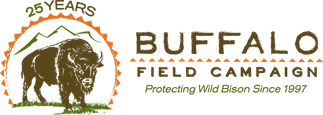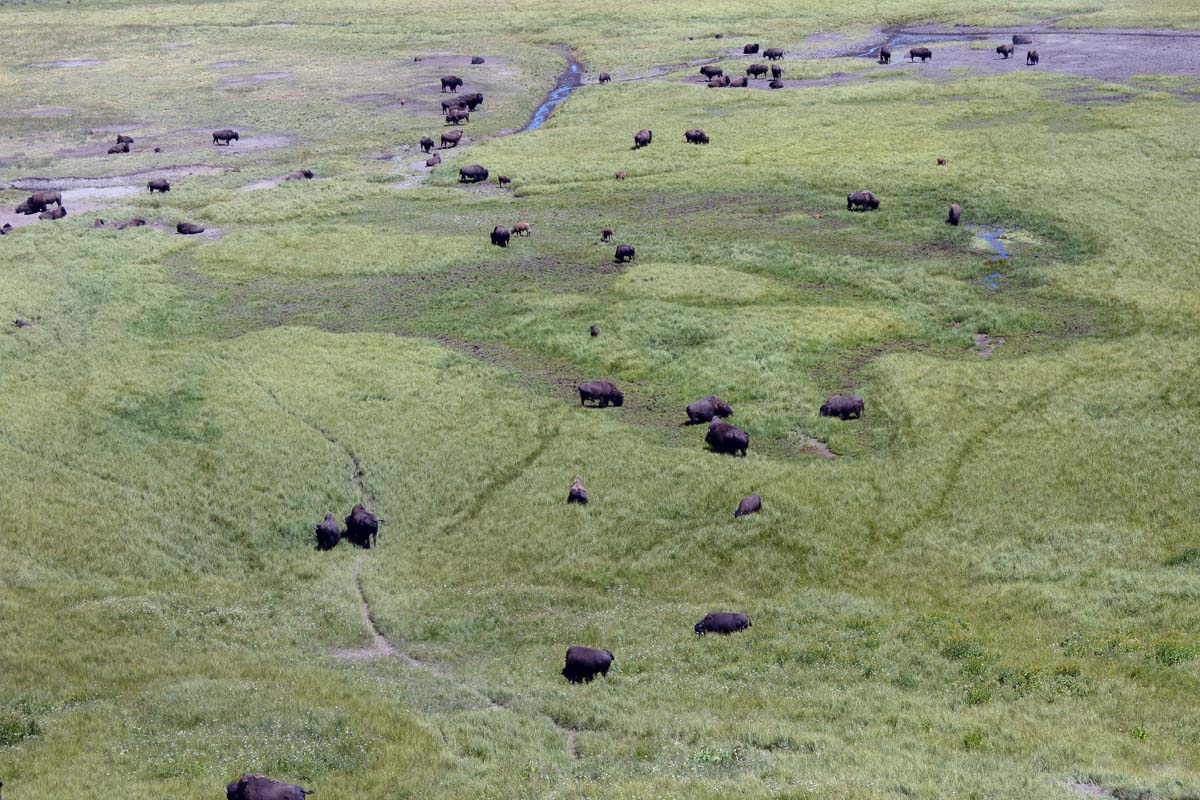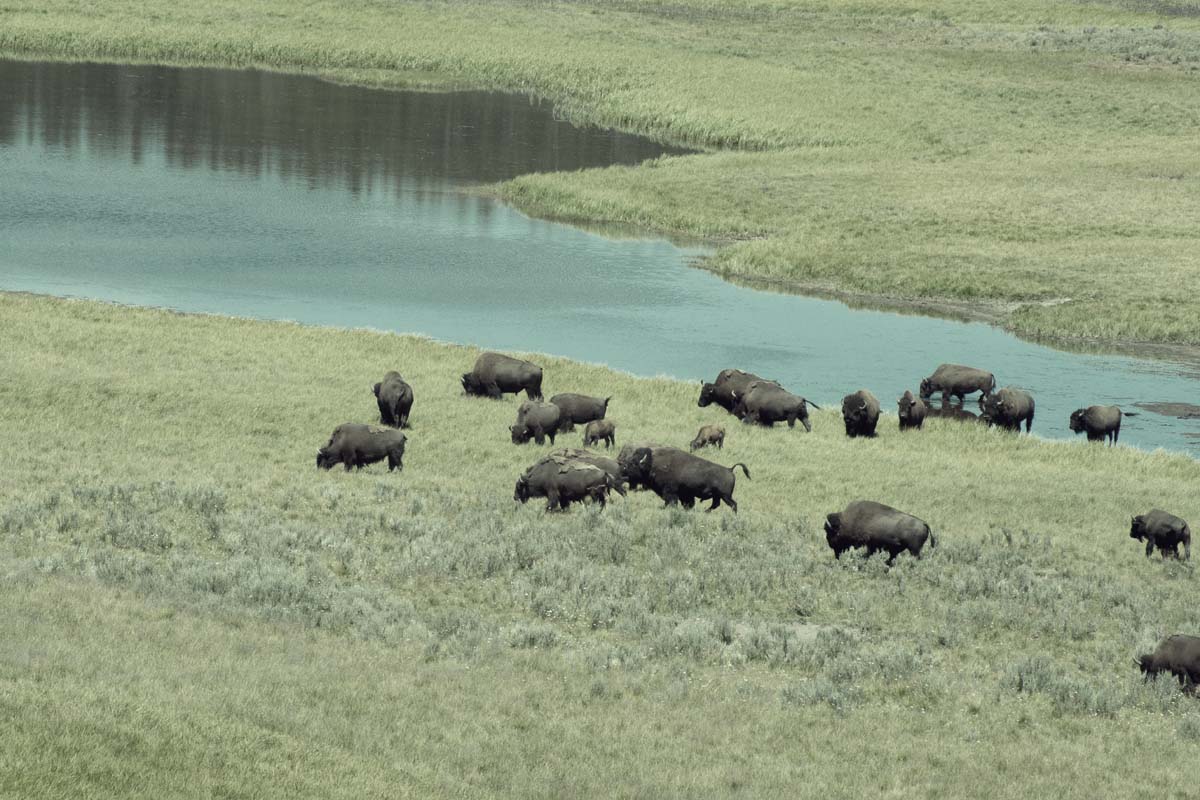Op-Ed by Heidrun Kubiessa, BFC Treasurer
I’m staring at the Zoom message: “Waiting for host to start the meeting.” Just a few days ago, I had sat with the two people I’m expecting to meet here, around a campfire after a productive board retreat on the shores of Hebgen Lake. Gazing at the small white loading spinner takes me back to my drive along the Madison and Boulder River, on my way north, marveling at the wide open corridors of public land that we have – despite all the struggles to keep them healthy – somehow managed to maintain in the American West. These vast public lands are just enough for ecosystems to survive because of their large-scale coherence. They remain ecosystems built around keystone species: large wild animals with vast habitat needs. Back in Europe, where I am from, most of the wilderness was lost centuries ago, in the Middle Ages.
The two faces of the people I had barely hugged goodbye in West Yellowstone, appear on my screen. Since that hug, the national and international political stage of 2025 has continued to play out its tragedy of destruction, one example being the proposed public land sale, the SENR budget reconciliation package. This bill proposes to make all public land in eleven states eligible for sale, including a mandated timeline for the sell-off of approximately 3 million acres. The US government is showing readiness to give up on what it has managed to preserve for over 250 years: landscapes that have become an icon of its national identity, the large-scale ecosystems that still provide a rare habitat for grizzlies, black bears, mountain lions, elk, and many more.
The people I’m meeting are, along with me, part of an organization that has fought for the protection of the American bison, specifically the last wild-roaming herd in Yellowstone National Park. This almost 30-year-long effort has been in collaboration with initiatives by Indigenous communities and tribes, and one of the meeting participants is Yankton Dakota, the group’s Tribal sovereignty and Indigenous Lifeways Director. We discuss the potential consequences of the sell-off, the loss of migratory corridors around Yellowstone National Park and Grand Teton National Park, spaces that have come to symbolize hope for restoration of the national mammal, not only to populate the Greater Yellowstone Ecosystem but also to restore Indigenous cultural heritage, making it a central part of the American heritage.
What then unfolds during our Zoom call, is something to which I will, due to my European background and heritage, always remain partially ignorant. It is the pain so deeply ingrained in someone for whom the taking away of land is the threat that has surrounded his people for hundreds of years and for whom this very act of taking away land and with that the species that depend on it, equals the genocide of his people.
One thing I now understand, is that: as long as white people continue to turn away from the pain and history we are implicated in, as long as we deny the link between land theft and the destruction of ecosystems, the genocide continues, and with it, the unraveling of life on Earth. It is very much worth withstanding the denial and enduring the discomfort of not looking away – feelings insignificant compared to the pain inflicted on Indigenous peoples – and engaging in repair, for the sake of us all.


